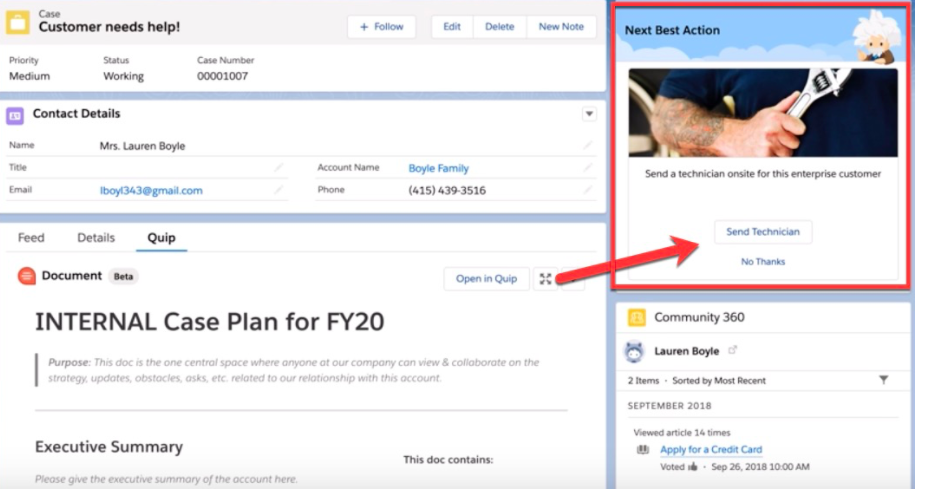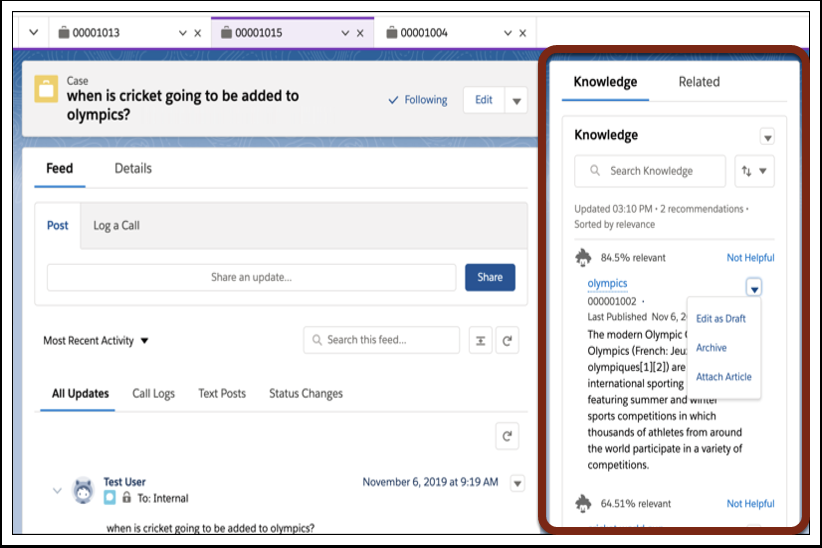5-SECOND SUMMARY:
- How to optimise business processes with Dynamics 365;
- This article will explore the Service module with three critical points: SLA, Knowledge Bases, and Process Management.
Many of us have experienced times when we have questioned how we can improve the efficiency of our teams, organise them better and increase their productivity. It is pretty common to think about these issues, especially when day-to-day tasks start to pile up and condense in the work funnel, many of them which are cyclical or follow a pattern.
In this article, we shall be addressing how to optimise business processes with Dynamics 365. To do so, we will look at the service module, which features 3 major critical points: SLA, Knowledge Bases and Process Management. Let us look at each of them in detail.
Process organisation
To discuss how to optimise business processes, let us take as an example a company that needs product warehousing on its premises, followed by transportation to customers in due course. The process below is often trivialised as being routine work:
• Products arrive at the warehouse;
• Products are placed in their respective locations;
• Products are picked up from these locations;
• Products leave the warehouse;
• Products reach the customer.
As a seemingly straightforward process, many organisations do not always bother to standardise/systematise this. However, at busy times, reliance on routines associated with work fatigue can lead teams to make mistakes, such as changing stock locations, increasing load or speed per trip (on pallet jacks/stackers) and switching orders, among others. Automating parts of this process, supported by information systems, allows teams to be more methodical and gives management teams more and better information about what is happening. Examples of improvements include:
• Greater visibility of product volumes at each stage of the logistics process;
• More detailed information on workload, making it possible to understand work peaks or seasonalities;
• Better organisation of operational teams.
Just as in the case of the company with warehousing and distribution, other situations can take advantage of the same systems, such as manufacturing industries organising production lines, retailers scheduling replacements, the automotive industry arranging vehicle preparation, and last but not least traditional customer care, transversal to any industry.
Knowledge Base
All organisations seek to improve their productivity. As far as customer support teams are concerned, whether it be call centre services, repair teams, among others, there is nothing better than providing customers with a place where they can make use of free information that does not consume our teams’ time. That is what knowledge bases are for. They allow customers to access a site/portal and search for the problem in question and receive instant information about it. A few typical examples:
1. Telecoms companies, where customers have problems with the internet, can provide information on the first steps, reducing the number of calls from call centres or unnecessary in-store visits.
2. Product industry companies can provide informative documents on how to perform a few quick diagnostics and repairs, with a similar effect to the previous point.
3. Retail businesses can use this functionality to guide customers on how to use self-service checkouts or how to order products online, optimising cashiers’ time on control and supervision tasks.
These are some of the approaches that can be beneficial to the use of knowledge bases, optimising the internal component, but also have external effects. However, we also have exclusively internal situations for applying the knowledge bases, such as problem-solving articles, which we can associate to some extent to those already mentioned as well.
1. Once the diagnosis has been made, the operator or shop agent can use articles to conduct the first resolution steps before sending it to the technical teams.
2. On the production lines, workers will be able to help themselves to the articles for the assembly processes, having a helpful guide always at hand.
3. In the event of a problem occurring at a self-service checkout, a trained cashier can resort to an article to guide him/her through the problem, without the need for a superior to do so.
As we have seen, knowledge bases allow teams to be more independent and thus increase their productivity in more important tasks. Additionally, the articles in the knowledge bases can and should be written by the teams that will use them for their experience, namely their management teams. There should also be approval processes for the contents so that they are verified by the hierarchy or other responsible staff so that the information is relevant and does not expose relevant internal processes to outsiders.
Service Level Agreements (SLAs)
To ensure the best experience for the end consumer, but also to ensure internal commitment to optimise business processes, it is pretty common for organisations to define terms of service in the form of an agreement between the end consumer and the organisation. These agreements define customer level (generally associated with consumption and how important the customer is to the organisation), response times (where the organisation makes a commitment to respond in X days/hours/minutes) and/or resolution (the same but related to standard issues).
For example, let us look at a utility provider overseeing water management. In the event of a burst pipe, the water company may be alerted by water monitoring systems or by the public. From the moment the company is aware of the disruption, it may set a response time of 2 hours, for example. This is the maximum time that company workers should take to respond to the situation and reach the site of the disruption. Suppose now that the agreement specifies a 6-hour resolution time. When they arrive on site, company workers will have 6 hours, minus the time it took from when the incident was created to the time they arrived on site to repair the leak. In other words, the time taken to resolve the incident an aggregate of response time and repair time.
This is one example among several for water management companies. But just like them, all organisations can adopt SLAs, according to their needs. A few other examples:
• Telecoms companies may have response and resolution times for domestic customers, supposing a customer is left without Internet at home, as well as internal issues, such as the repair of antennae and other network equipment;
• Insurance companies use them to streamline their service to customers reporting accidents, so they can conduct expert reports and repairs in a timely manner;
• Retail organisations use SLAs to schedule stock replenishments of essential products so that these products are not missing from the shelves.
Where a timeframe is exceeded, the problem then gets escalated to further responsible parties, who in turn have their own response and/or resolution times. This allows for the aforementioned commitment and optimisation of the team’s time to solve such problems.
Conclusion
Overall, Dynamics 365 Service helps to optimise business processes and enables companies to:
• Get better visibility through hierarchical structures;
• Improve customer perception of the company;
• Enhance team performance;
• Focus teamwork on the most relevant processes;
• Integrate teams into internal processes.























